Introducing my new social media manager…Honey! Crazy cat lady alert. Since I’ve been spending more time at a community garden, Honey has felt left out. So she is now taking care of my social media. Understand, she is only three years old and this is her first job. Please forgive any typos. Several of you have asked how I stop her from eating my seedlings. Sometimes she does eat them, and it’s okay. The secret is distraction. I regularly sprout cat grass that she deems “hers” and most of the other seedlings remain untouched.
What is cat grass anyway? Often, it is wheatgrass. In our little apartment, it is sprouted lentils.
How to stop your cat from eating your seedlings
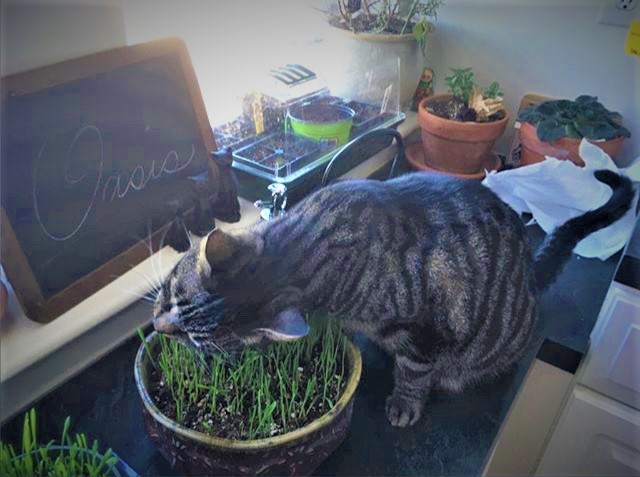
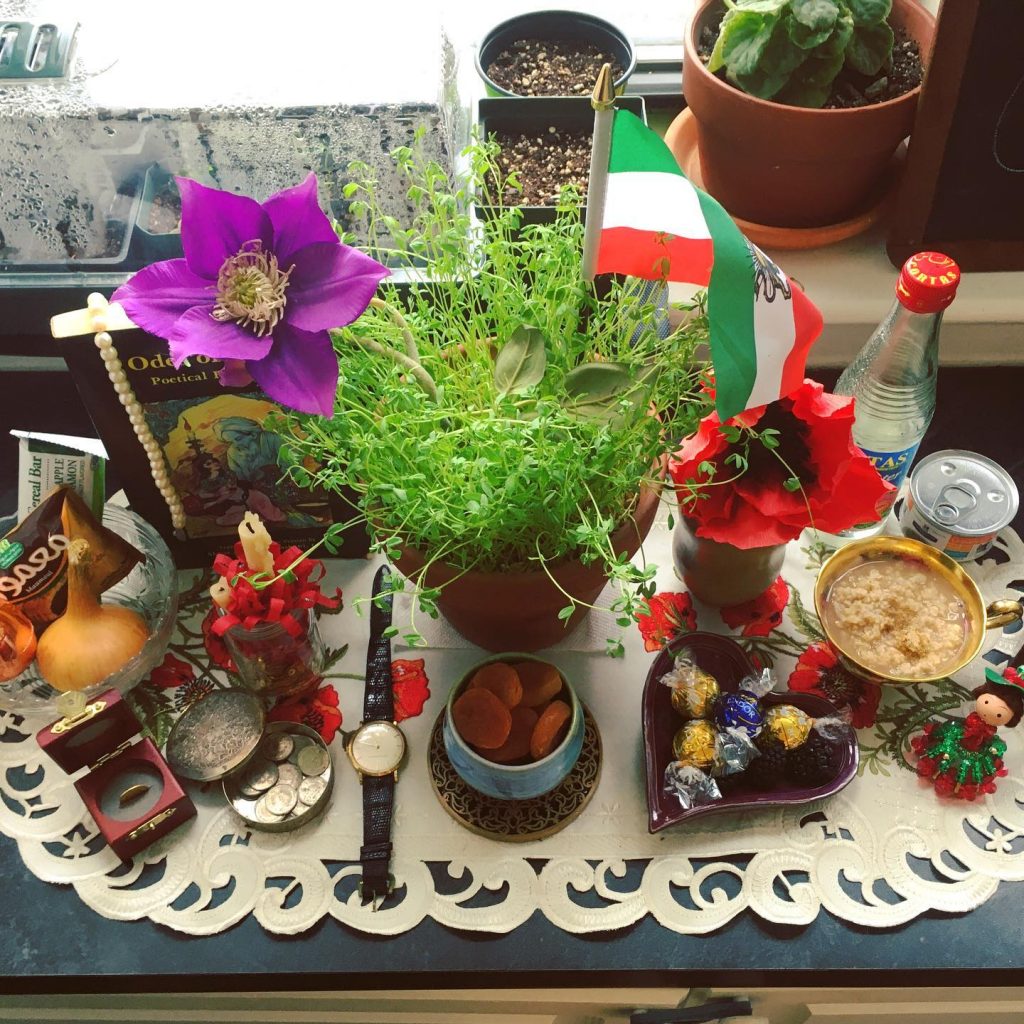
Fun fact: Lentils are used as a base for some soft cat food. Soak lentils in water overnight. The next morning, drain and rinse them and leave them in a jar to sprout. Remember, seeds germinate underground, so the jar should be set in a shady location away from direct sunlight. Every couple hours, give them a rinse. You’ll start to see little shoots grow within a day or two! Eat them as they are or plant them in a pot like I did above. This is definitely the fastest, most satisfying first experience for a novice gardener.
Why sprout lentils?
1) Lentils are the traditional centerpiece of the Haft-Seen Table for the Persian New Year. Each of the seven items is pronounced with the letter “س” (seen), including these “sabzi” greens. This holiday is called “Norouz” which translates to “New Day” in Farsi. As our planet is changing and challenging us to think on a global scale, let’s celebrate renewal.
2) Sprouting lentils and any other legumes makes them easier to digest and increases their vitamin B and C content. Sprinkle them on your meals for a little added fresh crunch. (I know there is no substitute for potato chips, but I’m just doing my best here.)
Alfafa and broccoli microgreens for the human in the house
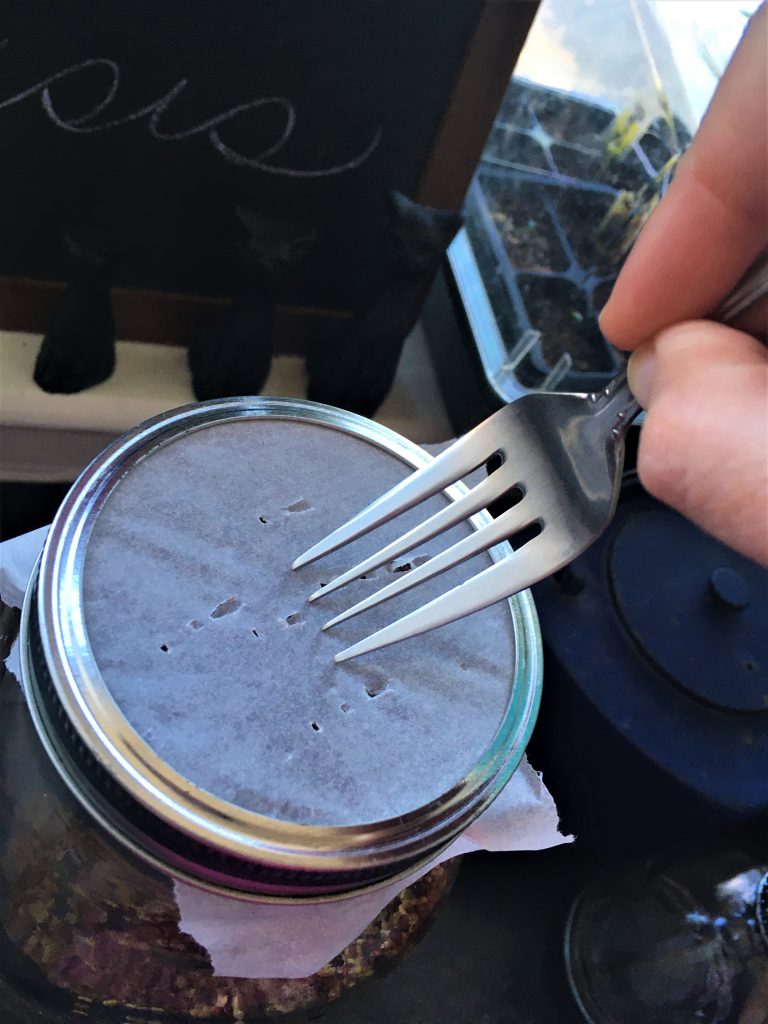
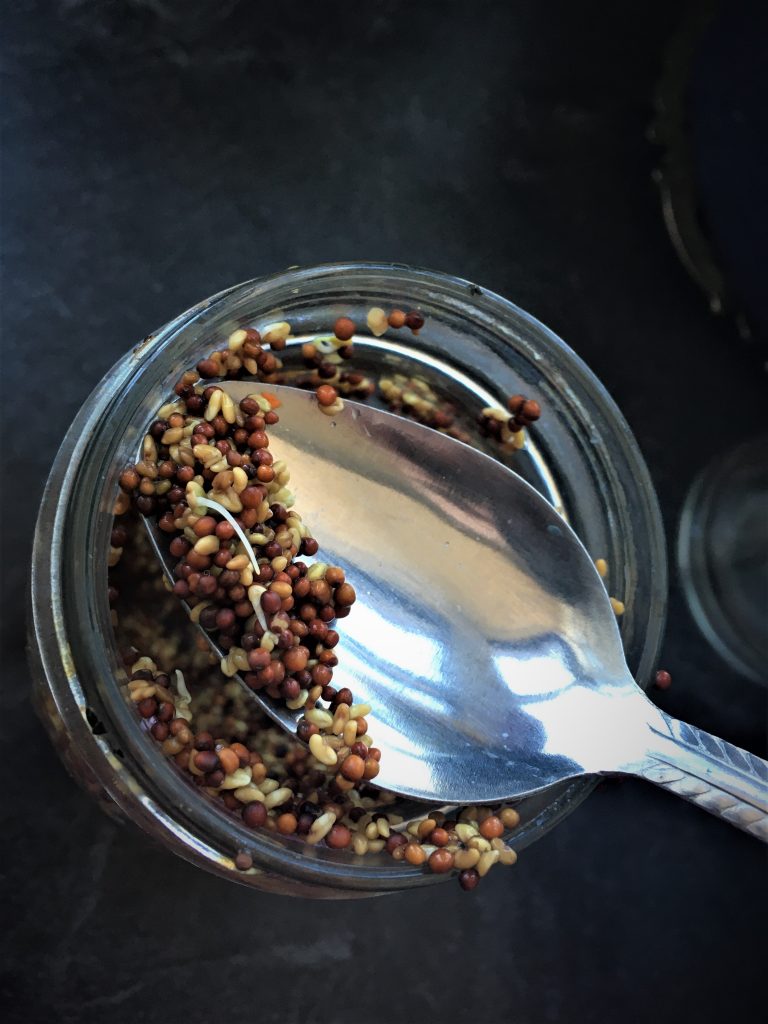
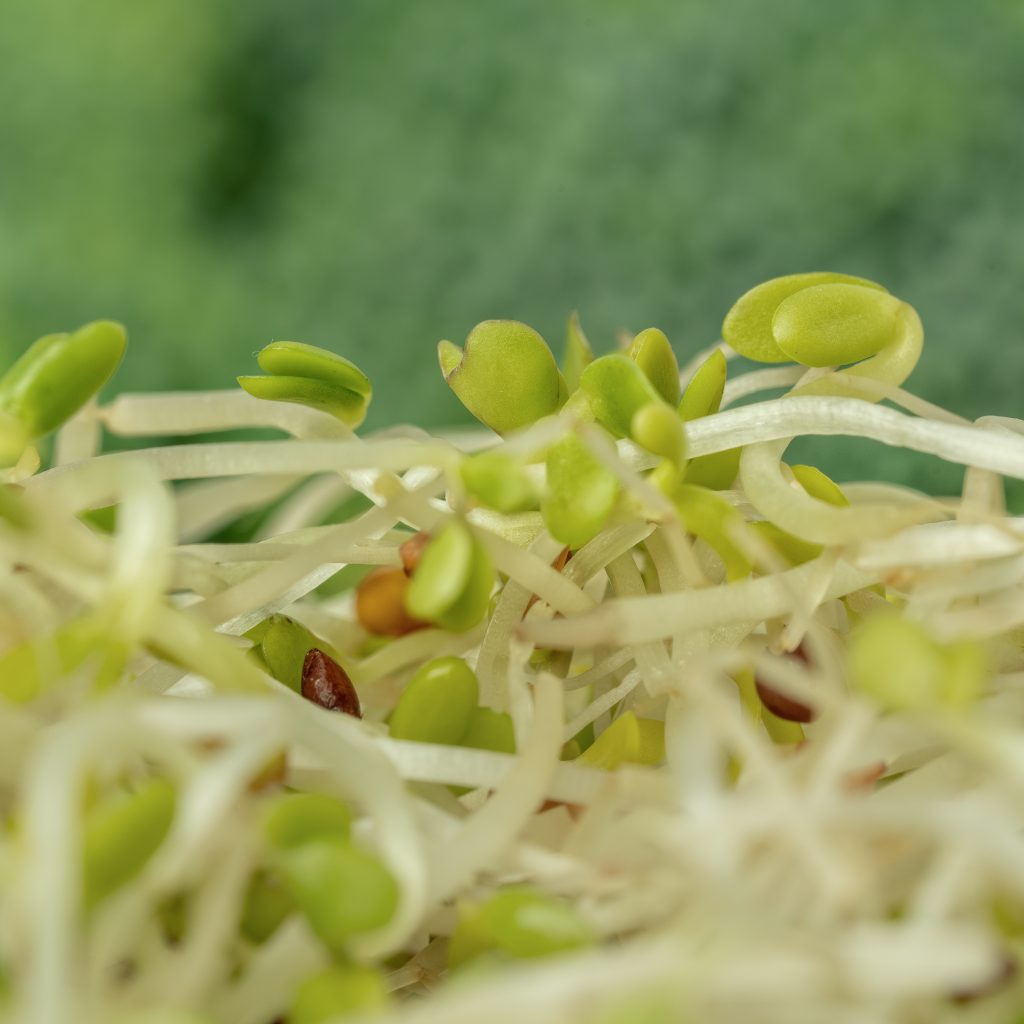
On my windowsill, I’m also germinating alfalfa and broccoli microgreens. Vegetable varieties like these will be ready to harvest in less than 2 weeks. Herb microgreens take closer to 25 days.
Soak 6-8 hours in 4 parts warm water (not hot) and 1 part seed. Rinse and drain. Spread evenly in a mason jar and, like the lentils, shade them from direct sunlight. If you have a particularly warm, shady spot in the house that gets up to 75 degrees, the seeds will germinate much faster there. Drain 2-3 times per day.
Note: Seeds are living! Give them breathing room. I secured a piece of wax cloth on top of the jar and poked holes in the top with a fork. This way, the seeds can get proper air circulation and it will prevent seeds from falling out each time you rinse. (An even better tool for this: pantyhose.)
In 3-4 days you’ll start to see them sprout. Sprinkle them on your meals for some extra nutrition.
So that’s how to stop your cat from eating your seedlings. Sprout some for you, and some for her. Buy the same seeds I’m growing here. Check out Valley MicroGreens for more!
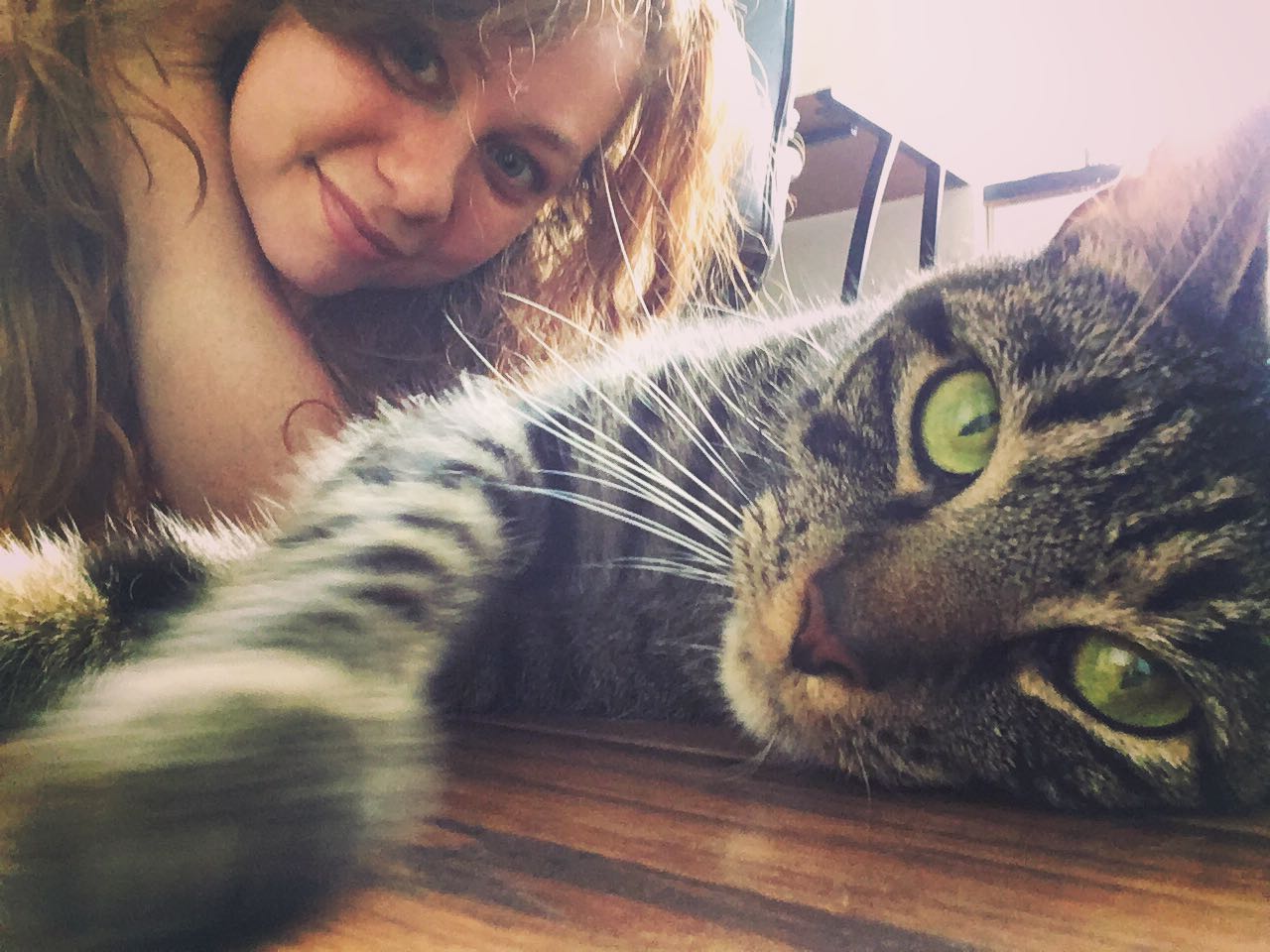
No responses yet